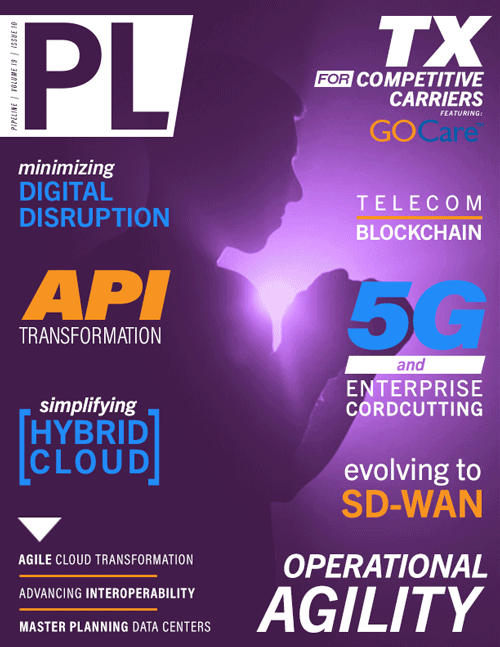Boosting ESG Success by Master
Planning Data Center Developments
By: Oren Wool

Data center companies face increasing pressures to meet Environmental, Social, and Governance (ESG) requirements. Master planning is a critical tool for companies seeking to develop large-scale deployments and reach their ESG goals. Master planning allows companies to create a 10- to 20-year roadmap, providing the ability to scale sustainably while considering access to land, power, fiber, and water. In this article, we will explore how master planning is essential for meeting ESG requirements, using Maryland as a prime example of a favorable market for ESG practices.
Why is master planning important?
Before we get into what companies should consider when master planning a data center development, it’s essential to understand why master planning is important. Master planning is crucial for providing a holistic view of a data center's power, cooling, space, efficiency, and reliability over its entire lifespan. Master planning assists in defining environmental and social impact and provides insight into climate mitigation strategies. Master planning also enables streamlined construction to help accelerate time to market for large-scale data center deployments.
When putting ESG at the core of master planning, companies have much to consider regarding the sustainable deployment of the data center ecosystem. We outline the top considerations concerning the primary data center elements: land, power, fiber, and water.
Land considerations
When finding the right place for large-scale data center developments, companies can’t just focus on the suitability of a parcel of land for building development; they must also consider state and local policies, the impact on communities, and even the local climate. As a result, companies get closer to reaching their ESG goals when considering possible constraints and opportunities around the site selection process.
First, state and local policies play a critical role in this decision-making process when considering where to build a data center, especially a large-scale data center development. The regulatory environment, tax incentives, and availability of renewable energy sources are key state and local policy considerations that impact the long-term sustainability of a data center development. Unfavorable tax policies can diminish data center viability. State renewable energy goals can signal future availability. Therefore, understanding and navigating state and local policies are vital for making informed decisions about data center site selection and ensuring the viability and success of the facility.
Next, data center site selection goes beyond technical considerations and involves understanding the potential impact on local communities. A data center's social and environmental impacts, such as employment opportunities, local economic benefits, energy consumption, and water usage, can significantly affect the surrounding communities. Therefore, engaging with communities, understanding their concerns, and addressing them proactively during the site selection process is necessary. Building positive relationships with communities through open communication, community involvement, and sustainable practices can help foster a mutually beneficial partnership between the data center company and the community. Considering the community impact and striving for responsible and sustainable operations contribute to the data center's long-term success and social acceptance in the local area.
Lastly, it’s essential to consider climate simply because favorable climate conditions can significantly impact a data center's energy efficiency and environmental impact. Data centers require a stable and controlled environment to ensure that the servers and other IT equipment operate efficiently. Mild climates with low humidity and moderate temperatures are ideal for data centers as they require less energy for cooling and humidity control than regions with extreme climates.
Maryland is an excellent example of a state that can make a great home for data center development. The state and local governments have implemented policies such as the Data Center Maryland Sales and Use Tax Exemption Incentive Program, which incentivizes data center investment and job creation by exempting sales and use tax on the purchase of data center property. In addition, a local government in Frederick County, Maryland, has created The Livable Frederick Master Plan, which helps elevate the quality of life in the county by balancing business investments, nature preservation, community health, and more. On top of these forward-thinking policies, Maryland also has a mild climate with access to abundant natural resources, so water scarcity isn’t an issue. In addition, Maryland accesses reclaimed water, keeping data center companies from using potable water, further limiting the impact on communities.
Power considerations
Data centers require substantial electricity to power their operations. Purchasing from renewable energy sources reduces their carbon footprint. Carbon usage is why data center companies are seen as leading the way in renewable energy development.



















